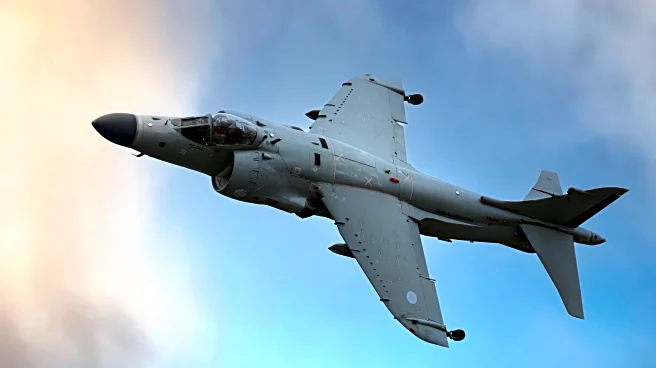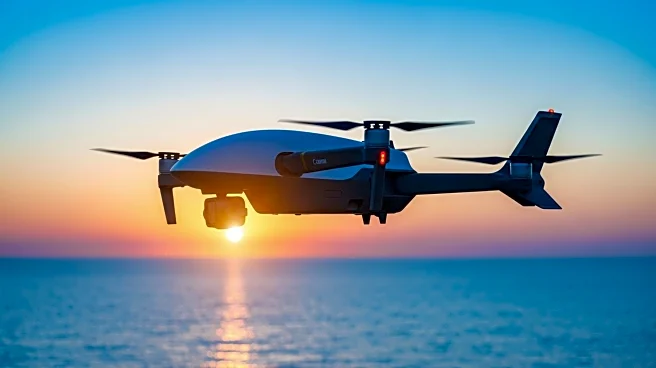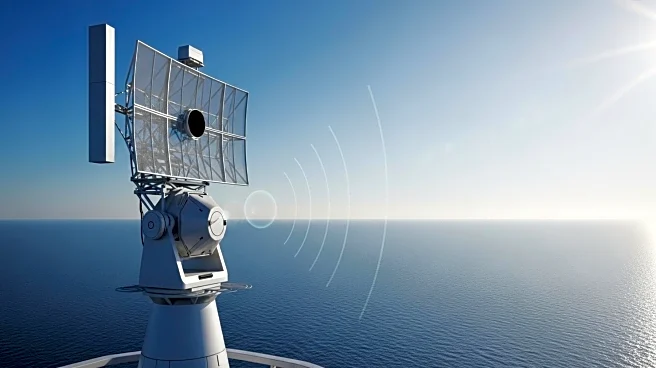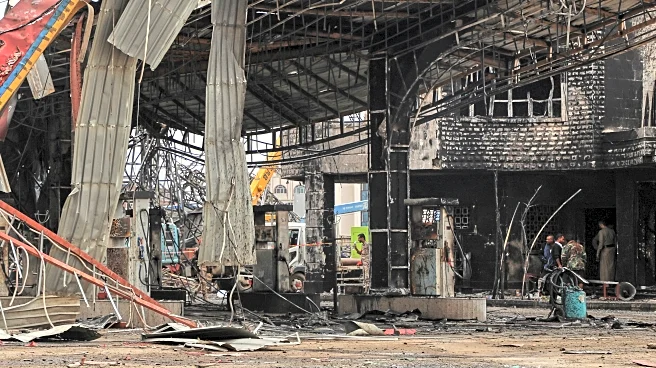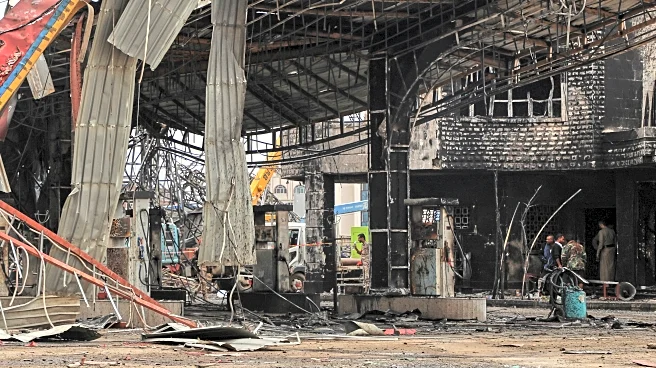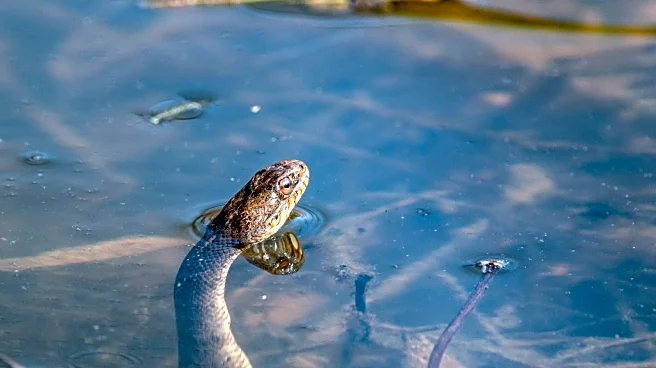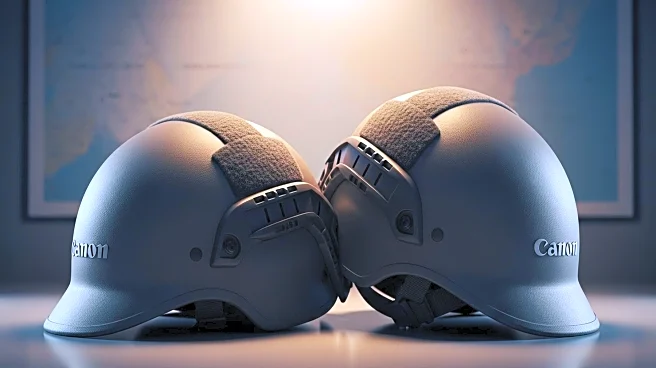
It's no secret that the British-made Harrier Jump Jet is one of the most iconic fighter jets of the 20th century. From being one of the only two fighter jets with hovering, take-off, and landing vertically capabilities
, to the ability to take on a variety of roles, including close air support, ground attack, and even reconnaissance, the plane was a true marvel of aviation, especially for its time.The Harrier Jump Jet's development began in the 1960s in the United Kingdom, with British aeronautical
engineers and designers Ralph Hooper and John William Fozard among those at the project's helm. The project itself was the brainchild of Hawker Siddeley Ltd, which Fozard had joined in 1950 as an aircraft designer.
Hawker Siddeley had started exploring vertical takeoff military aircraft throughout that decade and had even privately funded a prototype that could operate without the need for a runway. This prototype, the P.1127, proved successful in testing, prompting the company to move forward with what would eventually become one of the 20th century's most significant aviation achievements.
Read more: 10 Terrifying War Drones That Give Us Chills
The Pegasus Engine Made Everything Possible

Work on the P.1127 officially began in 1957, a whole nine years before the first Harrier Jump Jet had its maiden flight. Hawker Siddley ran several tests on the prototype, with the manufacturer's engineers and designers placing great emphasis on the plane's propulsion system -- the renowned Rolls-Royce Pegasus vectored-thrust engine -- which became famous as one of the first jet engines capable of VSTOL capabilities.
Said VSTOL capabilities could be achieved through thrust vectoring, which allowed the engine to direct thrust rearward to propel the craft forward, or downward to generate lift and enable it to hover, vertically land, or take off.
Successful testing on the P.1127 prompted Hawker Siddeley to upgrade the P.1127 in 1964, giving rise to a new prototype, the Kestrel, which, like the P.1127, underwent several tests. A year later, the Royal Air Force requested an upgraded version of the Kestrel, which would finally end up being called the Harrier two years later.
Where Exactly Were The Harrier Jump Jets Built?
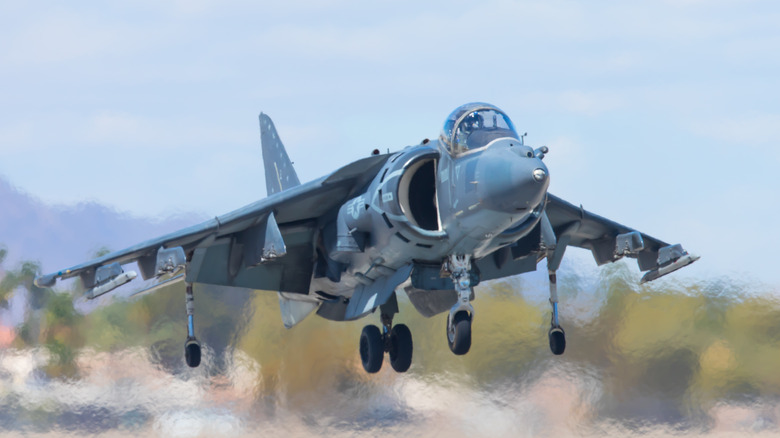
On August 31, 1966, the first Harrier finally took to the skies on its maiden flight, opening the doors to a very different style of fighter jet flying. By now, John William Fozard had taken the reins as the project's lead designer, a position he'd maintain until 1978. As initially planned, the aircraft didn't require a runway to operate and could hover at will. Even more impressive was its ability to fly at significantly lower speeds compared to other fighter jets, all thanks to the ingenuity of the Pegasus engine.
With the success of the Harrier came the need to produce more Jump Jets to serve in the British military, which Hawker Siddeley did at its plants in Dunsfold Aerodrome in Surrey and Kingston on the banks of the River Thames. These fighter jets would enter service in the Royal Air Force in 1969. After their prowess was evident, they would find their way onto the U.S. Marine Corps, with McDonnell Douglas taking manufacturing responsibilities at its facility in St. Louis, Missouri.
The Harrier Jump Jet was such an effective aircraft that even after its production stopped in 2003, its essence continued on in one of the most advanced fighter jets of the 21st century. That same Pegasus engine that gave the Jump Jet its presence and versatility is a precursor to the F-35B's LiftSystem, part of which is indicated by the flap behind the F-35's cockpit.
Want the latest in tech and auto trends? Subscribe to our free newsletter for the latest headlines, expert guides, and how-to tips, one email at a time.
Read the original article on SlashGear.
